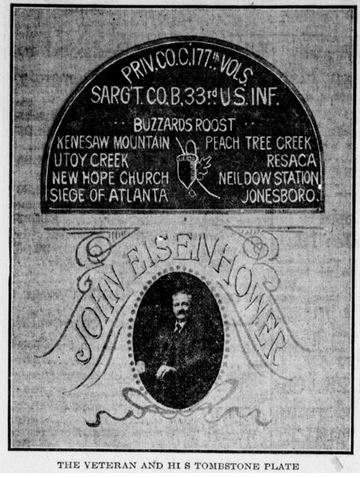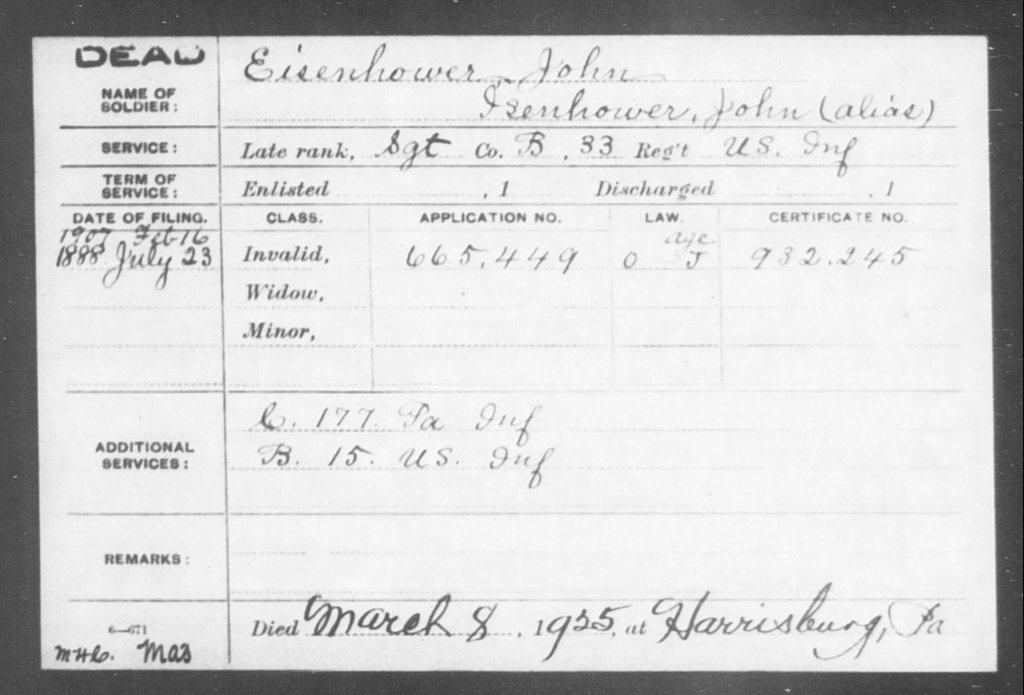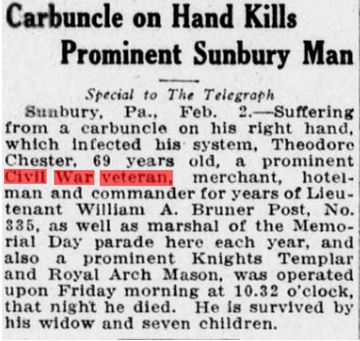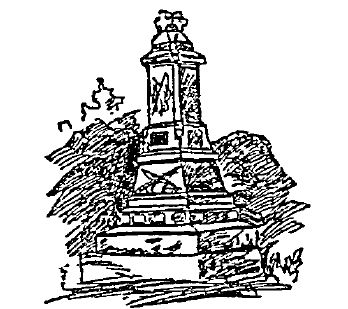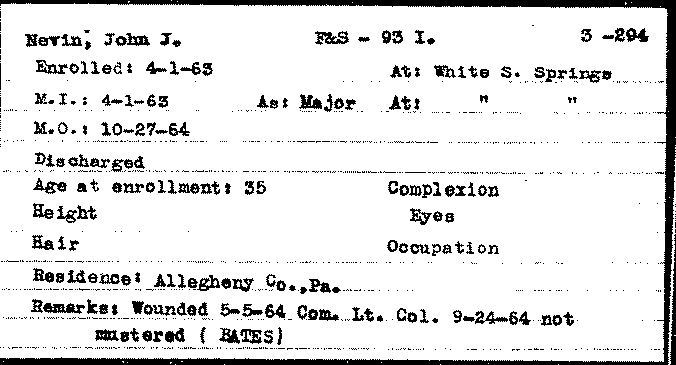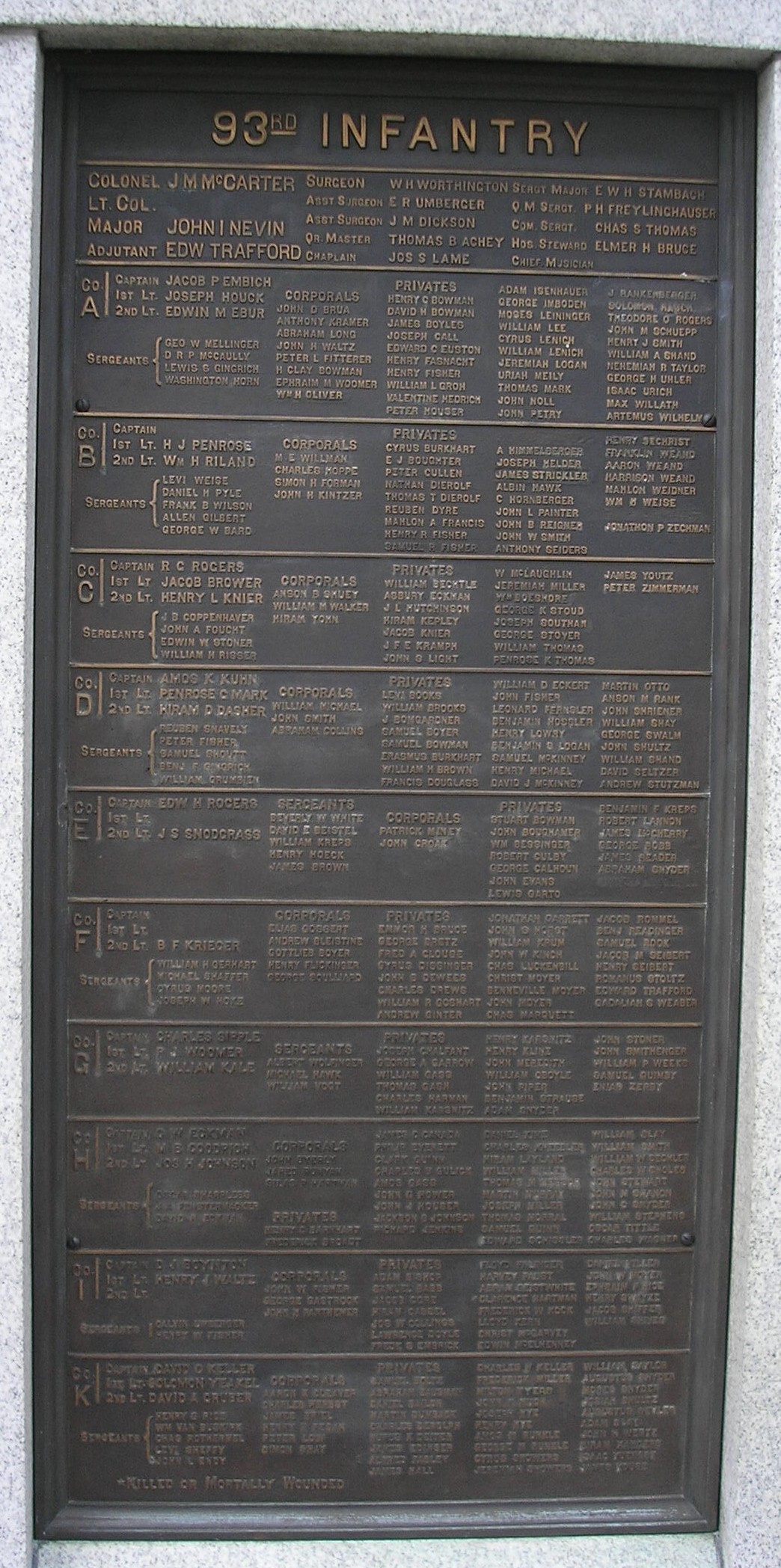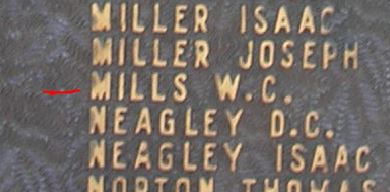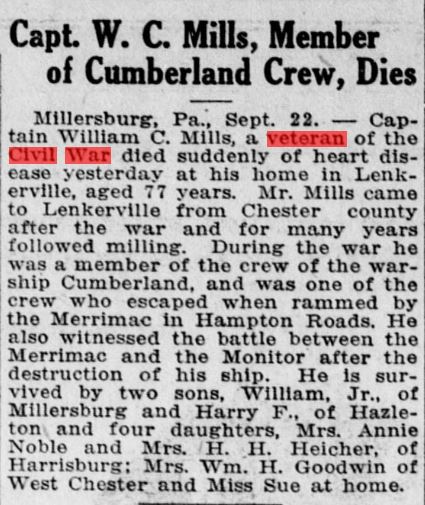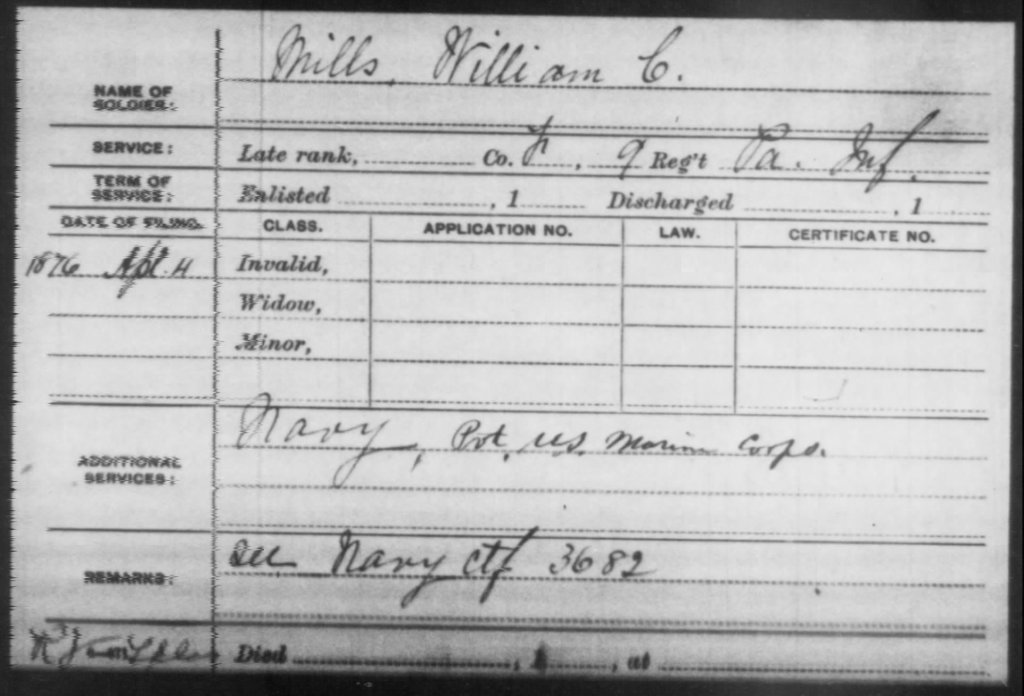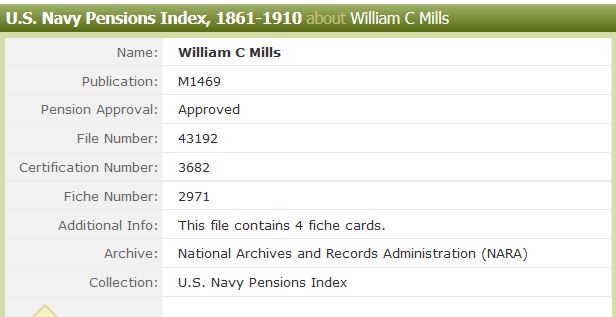Posted By Norman Gasbarro on January 20, 2015
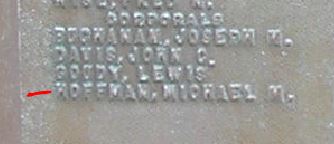
On 12 November 1912 a massive fire consumed several factories and homes in Lykens Borough, Dauphin County, Pennsylvania. One of the destroyed homes was owned by Michael M. Hoffman, a Civil War veteran who had the distinction of serving in a First Defender’s infantry regiment, a emergency state militia regiment, and a cavalry regiment – a service which lasted throughout most of the war. His father, Michael Hoffman Sr., who died in 1890, had also served in the Civil War as a First Defender. There was no loss of life in the fire, but tragically, one of the largest private collections of Civil War mementos and relics was consumed by the flames.
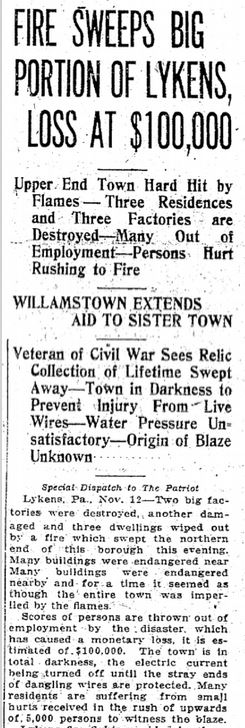
FIRE SWEEPS BIG PORTION OF LYKENS, LOSS AT $100,000
Upper End Town Hard Hit by Flames – Three Residences and Three Factories are Destroyed – Many Out of Employment – Persons Hurt Rushing to Fire
WILLIAMSTOWN EXTENDS AID TO SISTER TOWN
Veteran of Civil War Sees Relic Collection of Lifetime Swept Away – Town in Darkness to Prevent Injury from Live Wires – Water Pressure Unsatisfactory – Origin of Blaze Unknown
Special Dispatch to the Patriot.
Lykens, Pennsylvania, 12 November 1912 – Two big factories were destroyed, another damaged and three dwellings wiped out by a fire which swept the northern end of this borough this evening. Many buildings were endangered nearby and for a time it seemed as though the entire town was imperiled by the flames.
Scores of persons are thrown out of employment by the disaster, which has caused a monetary loss, it is estimated of $100,000. The town is in total darkness, the electric current being turned off until the stray ends of dangling wired are protected. Many residents are suffering from small hurts received in rush of upwards of 5,000 persons to witness the blaze. Lykens fire fighters, aided by those from Williamstown, put up a great battle against the flames and except for their work, it is certain that the fire would have devastated a still greater portion of the town.
Buildings Destroyed.
These buildings were destroyed: Residence of Michael M. Hoffman. Residence of his son, William E. Hoffman. Residence of Goodheart Nau. Factory of Fisher Hosiery Company. Sheesly Brush Factory. In addition, the overall factory of John W. Reiff was badly damaged.
Aside from the fact that it started in the hosiery mill, nothing is known of the origin of the fire. It spread rapidly, the combustible materials of the hosiery mill making fuel for the flames. As soon as the fire broke through the walls, big sparks took to curving through the air settling on the nearby residences, all of which were frame structures.
A Long Fight.
Firemen, upon their arrival centered their attack on the bigger buildings and then on protecting the houses nearby. They were no match for the flames, however, which jumped across streets and alleyways. The water pressure was unsatisfactory and interfered. It was more than an hour’s fight before the fire was got under control. Meanwhile, live electric wires were dangling in the street at the feet of thousands of spectators. The flames brought big crowds from Wiconisco, Williamstown, this place and nearby communities. It is said that in the rush to get there, many persons were thrown and trampled upon and injured. None is injured seriously. Because of the danger of live wires, the electric company turned off the current, leaving the town unlighted, except for the glare from the burning buildings.
War Relics Destroyed.
One of the most pathetic losses of the conflagration was the destruction of war and other relics gathered by Michael M. Hoffman, during his lifetime. Hoffman was a veteran of the Civil War and from the battlefield and friends, he had gotten together a priceless collection of souvenirs. Those he kept in one room, a veritable museum, which was visited by many persons who came to this place. All the relics are lost. As a collector, Mr. Hoffman was known in many quarters of the United States.
Destruction of the factories will throw many persons out of employment. At the hosiery mill, more that 75 persons found employment, while at the other two places equally as many will be temporarily out of work. Some of the furniture of the dwelling houses was saved.
The scene of the fire was in North Street not far from the Reading Station and on the Wiconisco side of town.
Harry M. Hoffman, 210 North Third Street, is a son of Michael M. Hoffman. He was informed of the fire last evening and left on an early morning train for Lykens. He said last night that his father’s loss is partially covered by insurance.
——————————-
Michael M. Hoffman was born in Germany on 8 July 1840 and at an early age came to the United States with his parents , Michael Hoffman and Catherine Hoffman. Since he was an immigrant in the mid-19th Century, it is unlikely that he was connected to Johann Peter Hoffman (1709-1797), pioneer settler of the Lykens Valley.

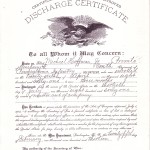 At the outbreak of the Civil War, Michael Mr. Hoffman answered the call for three months of service at Lykens, by enrolling in the 10th Pennsylvania Infantry, Company F, as a Private, and was mustered into service in Harrisburg on 26 April 1861. At the time he was 19 years old, was working as a miner, and was living in Lykens. At the completion of his service on 31 July 1861, he was honorably discharged which his company. The record above is from the Pennsylvania Veterans’ Card File at the Pennsylvania Archives. The record to the left (click on thumbnail to enlarge) was supplied by a family member and is an example of a replacement discharge certificate, the date of issue being 25 February 1913 – slightly more than three months after the fire consumed all of Hoffman’s war records.
At the outbreak of the Civil War, Michael Mr. Hoffman answered the call for three months of service at Lykens, by enrolling in the 10th Pennsylvania Infantry, Company F, as a Private, and was mustered into service in Harrisburg on 26 April 1861. At the time he was 19 years old, was working as a miner, and was living in Lykens. At the completion of his service on 31 July 1861, he was honorably discharged which his company. The record above is from the Pennsylvania Veterans’ Card File at the Pennsylvania Archives. The record to the left (click on thumbnail to enlarge) was supplied by a family member and is an example of a replacement discharge certificate, the date of issue being 25 February 1913 – slightly more than three months after the fire consumed all of Hoffman’s war records.
——————————-
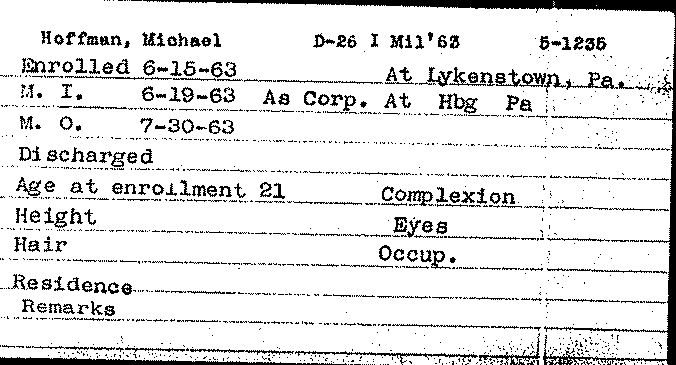

Click on photo to enlarge.
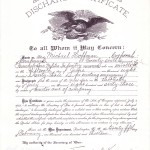 At the Emergency of 1863, Michael Hoffman, then 21 years old, again enrolled at Lykens in the 26 Pennsylvania Infantry Militia, 15 June 1863, and was mustered into service in Harrisburg in Company D as a Corporal, and was immediately sent to the area around Gettysburg. He took part in that battle as evidenced by his name appearing on the Pennsylvania Memorial. At the end of the emergency, 30 July 1863, he was discharged with his company. At the left, the thumbnail (click to enlarge) shows the replacement discharge certificate he received in 1913 after the original was lost in the fire.
At the Emergency of 1863, Michael Hoffman, then 21 years old, again enrolled at Lykens in the 26 Pennsylvania Infantry Militia, 15 June 1863, and was mustered into service in Harrisburg in Company D as a Corporal, and was immediately sent to the area around Gettysburg. He took part in that battle as evidenced by his name appearing on the Pennsylvania Memorial. At the end of the emergency, 30 July 1863, he was discharged with his company. At the left, the thumbnail (click to enlarge) shows the replacement discharge certificate he received in 1913 after the original was lost in the fire.
——————————

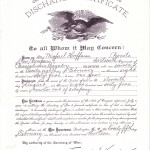 Michael Hoffman‘s final Civil War service began on 28 February 1865, when he enrolled in the 16th Pennsylvania Cavalry, Company F, as a Private at Harrisburg, and was mustered into service the same day. On this third card (above) from the Pennsylvania Archives, a physical description of him is given. He was 5 foot, 5 inches tall, was 22 years old, had a fair complexion, dark eyes, and dark hair. He was a miner who resided in Dauphin County. During his time of service, the 16th Pennsylvania Cavalry was consolidated with the 8th Pennsylvania Cavalry, and on 24 July 1865, he was transferred into Company F of the 8th Pennsylvania Cavalry. His discharge came on 11 August 1865. At the left is a thumbnail (click to enlarge) of the replacement discharge he applied for and received.
Michael Hoffman‘s final Civil War service began on 28 February 1865, when he enrolled in the 16th Pennsylvania Cavalry, Company F, as a Private at Harrisburg, and was mustered into service the same day. On this third card (above) from the Pennsylvania Archives, a physical description of him is given. He was 5 foot, 5 inches tall, was 22 years old, had a fair complexion, dark eyes, and dark hair. He was a miner who resided in Dauphin County. During his time of service, the 16th Pennsylvania Cavalry was consolidated with the 8th Pennsylvania Cavalry, and on 24 July 1865, he was transferred into Company F of the 8th Pennsylvania Cavalry. His discharge came on 11 August 1865. At the left is a thumbnail (click to enlarge) of the replacement discharge he applied for and received.
——————————-
Michael M. Hoffman married Elizabeth Catherine Bailey around 1863. She was the daughter of Hiram Bailey and Elizabeth [Bahr] Bailey and was born in Bailey Run, Dauphin County, on 29 October 1845. The couple had 14 children. Elizabeth died on 10 March 1920 in Lykens.
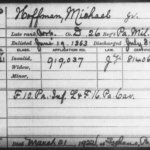 On 21 October 1890, Michael Hoffman applied for a pension, which he received based on his service in the three aforementioned regiments. The thumbnail of the card at left (click to enlarge) also indicates that he died at Lykens on 21 March 1922.
On 21 October 1890, Michael Hoffman applied for a pension, which he received based on his service in the three aforementioned regiments. The thumbnail of the card at left (click to enlarge) also indicates that he died at Lykens on 21 March 1922.
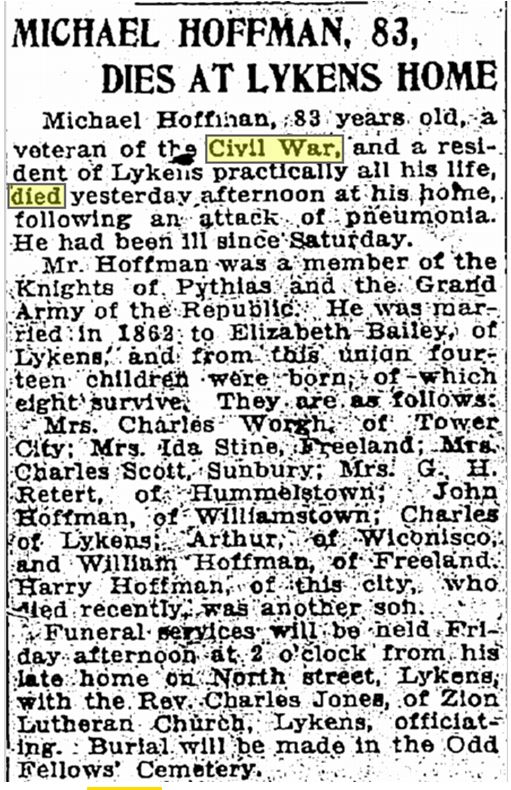
The obituary of Michael Hoffman appeared in the Harrisburg Patriot on 22 March 1922:
MICHAEL HOFFMAN, 83, DIES AT LYKENS HOME.
Michael Hoffman, 83 years old, a veteran of the Civil War, and a resident of Lykens practically all his life, died yesterday afternoon at his home following an attack of pneumonia. He had been ill since Saturday. Mr. Hoffman was a member of the Knights of Pythias and the Grand Army of the Republic. He was married in 1863 to Elizabeth Bailey, of Lykens, and from this union, fourteen children were born of which eight survive. They are as follows: Mrs. Charles Worgh of Tower City; Mrs. Ida Stine, Freeland; Mrs. Charles Scott, Sunbury; Mrs. G. H. Retert, of Hummelstown; John Hoffman of Williamstown; Charles Hoffman, of Lykens; Arthur Hoffman, of Wiconisco; and William Hoffman, of Freeland. Harry Hoffman, of this city, who died recently, was another son. Funeral services will be held Friday afternoon at 2 o’clock from his late home on North Street, Lykens, with the Rev. Charles Jones, of Zion Lutheran Church, Lykens, officiating. Burial will be made in the Odd Fellows’ Cemetery.

Grave Marker of Michael M. Hoffman at Odd Fellows Cemetery, Lykens
The Lykens G.A.R. Monument was erected during the lifetime of Michael M. Hoffman and while he was a member of the Heilner Post. The cut at the top of the post shows the portion of the plaque containing his name and highest rank of Corporal.
——————————

Michael Hoffman Sr., the father of Michael M. Hoffman is also named on the Lykens G.A.R. Monument, as a Private who was not a member of the Heilner Post.
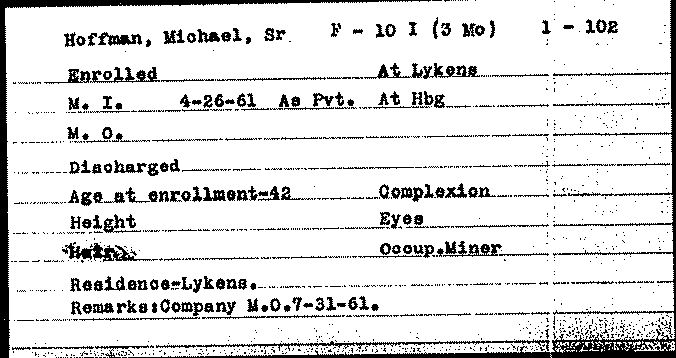
Hoffman Sr. served as a First Defender in the 10th Pennsylvania Infantry, as a Private. He enrolled at Lykens, where he was a 42-year old resident and miner on 26 April 1861, and saw honorable service for 3 months until his discharge on 31 July 1861. His death is believed to have occurred in 1890 just before the census was taken. The veterans’ enumeration for Lykens Borough is shown below and indicates that his widow Catherine survived him and correctly reported his service in the 10th Pennsylvania Infantry.

Click on document to enlarge.
The widow Catharine Hoffman applied for pension benefits on 10 July 1890:
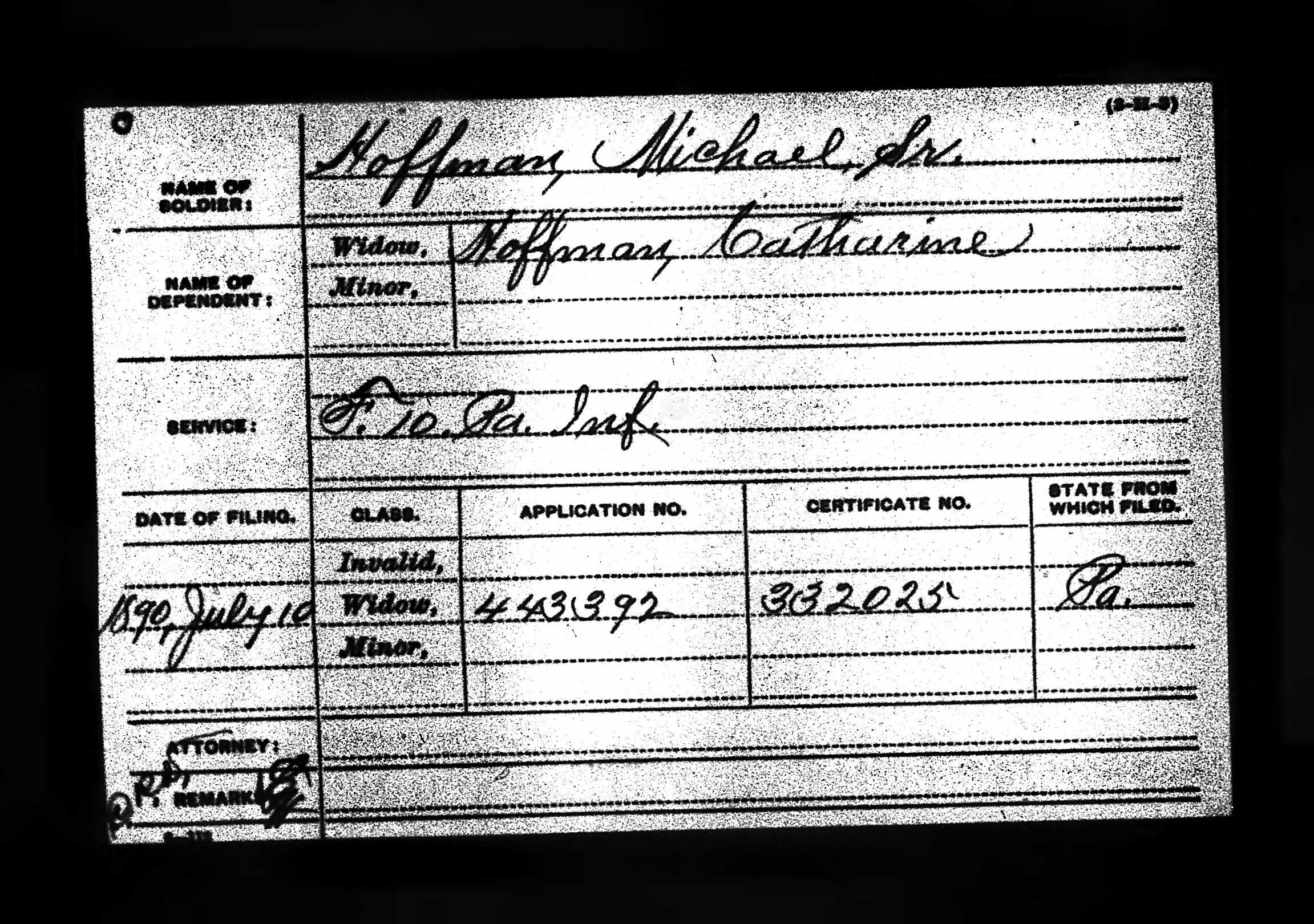
Catherine Hoffman did receive a widow’s pension, which she collected until her death, as is indicated on the Pension Index Card (above, from Ancestry.com).
More information is sought on Michael Hoffman Sr. and Catherine Hoffman. Specifically, when did they emigrate to the United States and when did they die and where are they buried? Has anyone seen the widow’s pension application file?
——————————–
At this time nothing much more is known about the private museum collection of Michael M. Hoffman that was lost in the Great Lykens Fire of 1912. Further research may provide an answer. It is possible that other news articles appeared in the Lykens Standard that described Hoffman’s collection, but that paper has not yet been searched, although it is available on microfilm for the early 20th Century. If any readers of this blog have found any specific descriptions of what was lost in the fire, sharing them here would be greatly appreciated. It may even be possible that pictures exist. Add comments to this post or end by e-mail.
News clippings are from the on-line resources of the Free Library of Philadelphia.
Category: Research, Resources, Stories |
Comments Off on Fire Destroys Hoffman’s Civil War Museum in Lykens, 1912
Tags: G.A.R., Lykens Borough, Tower City, Williamstown
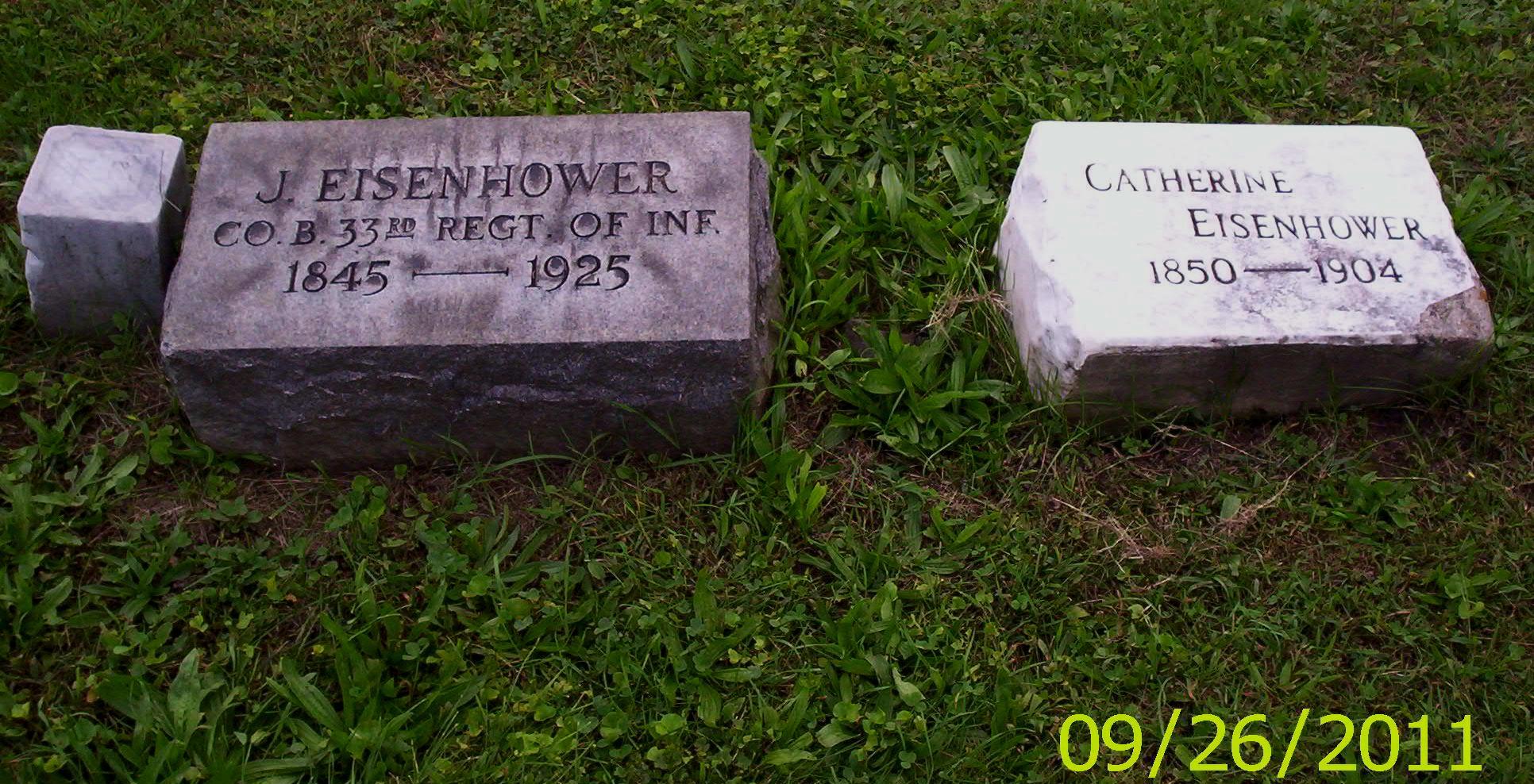
 ;
;
